Art
Artwork Khrushchev Probably Would Not Have Liked 20
It seems many of the public sided with Khrushchev's tastes for old-fashioned stuff in this case.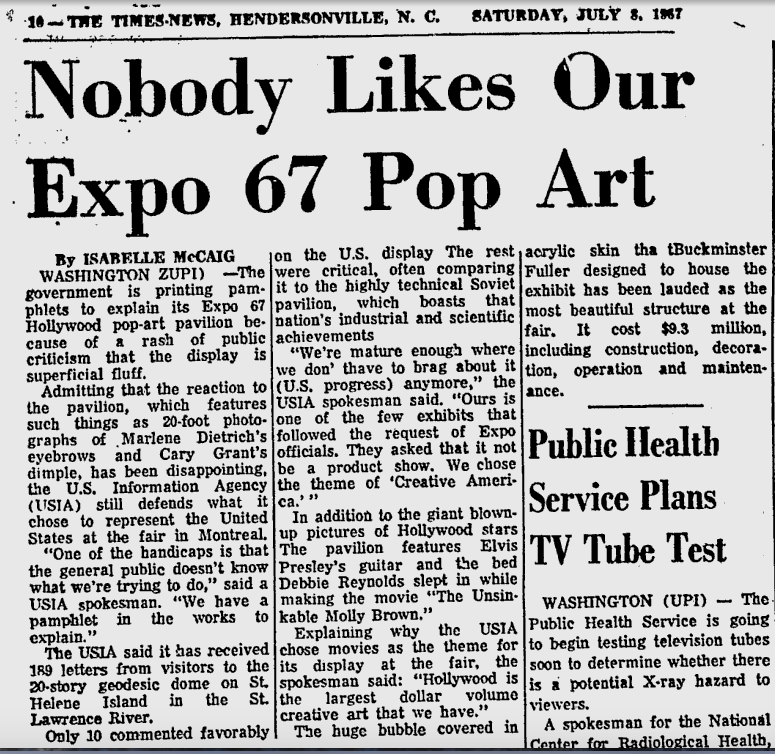
Source for article.
More pix at this link.



Posted By: Paul - Wed Feb 20, 2019 -
Comments (1)
Category: Art, Avant Garde, Pop Art, Beauty, Ugliness and Other Aesthetic Issues, Fairs, Amusement Parks, and Resorts, 1960s
Artwork Khrushchev Probably Would Not Have Liked 19
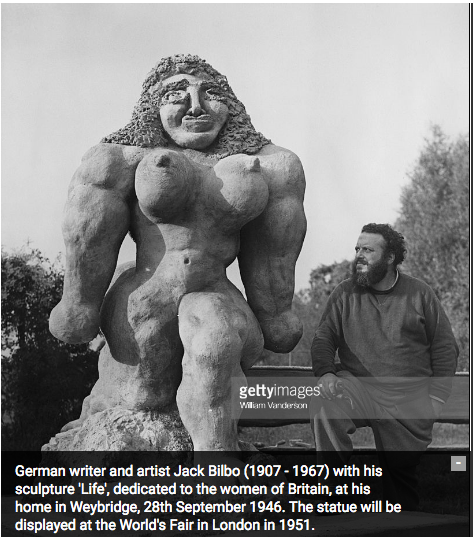
Not sure how I'd feel about this sculpture if I were a British woman.
Posted By: Paul - Tue Feb 05, 2019 -
Comments (6)
Category: Art, 1940s, 1950s, Europe, Russia
Laetitia Ky’s Hair Sculptures
Not an art form for the follically challenged.More examples at her Instagram page. Also at cnn.com.



Posted By: Alex - Fri Feb 01, 2019 -
Comments (2)
Category: Art, Hair and Hairstyling
Moodles
The artist's homepage.
Posted By: Paul - Fri Jan 25, 2019 -
Comments (2)
Category: Art, Surrealism
Art Disposal Service
A variation on the weird-news theme of art mistaken for trash -- art purposefully thrown away as trash. From KPBS.org: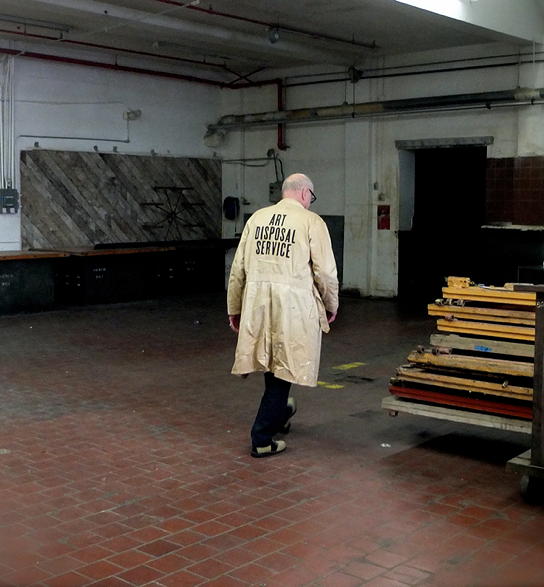
via Esoteric Survey
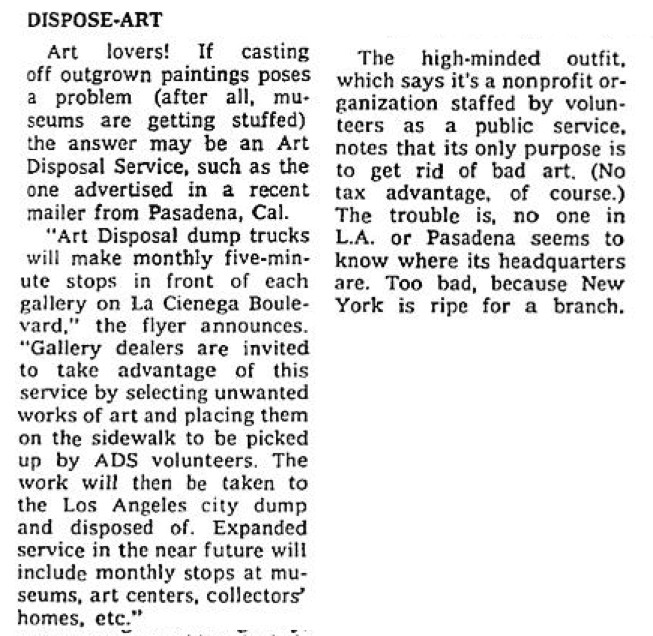
New York Times - Nov 17, 1968
Posted By: Alex - Wed Jan 09, 2019 -
Comments (0)
Category: Art, Garbage, Trash, Waste and Other Detritus
Artwork Khrushchev Probably Would Not Have Liked 18
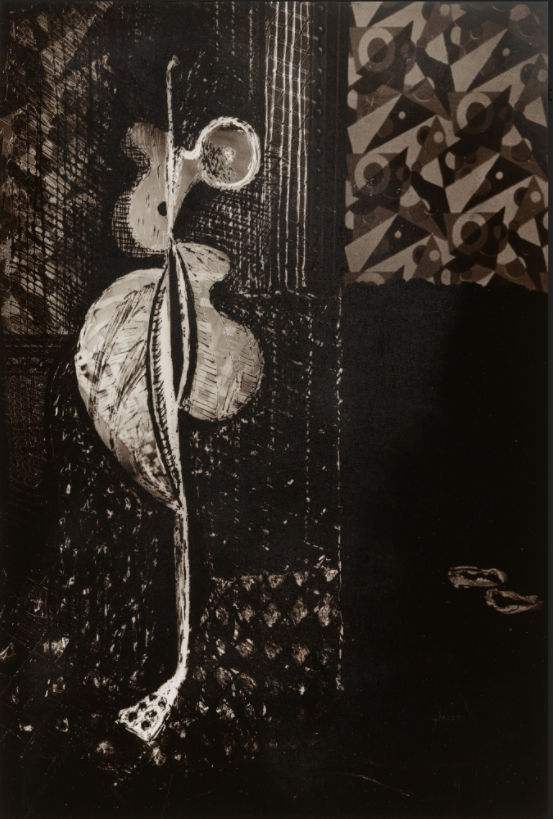
Brassaï (Gyula Halász)
Prostitute Undressing
1934-35
Posted By: Paul - Tue Jan 08, 2019 -
Comments (2)
Category: Art, Avant Garde, Sexuality, 1930s, Russia
Three men with a pole on their head
February 1976: a performance art group calling itself Ddart walked around the Norfolk countryside for a week carrying on their heads a ten foot pole supported by hats resembling ice cream cones. They called this performance 'Circular Walk.' The UK Arts Council paid them £395 for this.The trio never really explained what the intended meaning of this was, except for the following brief statement later provided by Ray Richards, a member of the group:
More controversial was why the Arts Council had paid for it. John Walker, author of Art & Outrage, provides some details:
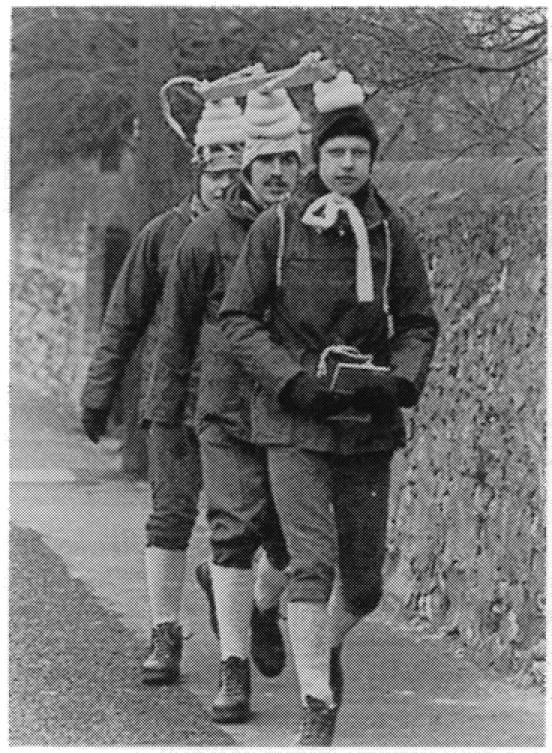
Image source: Art & Outrage
Posted By: Alex - Sat Dec 29, 2018 -
Comments (1)
Category: Art, 1970s
Curiosa
In addition to creating works of his own, artist Barton Lidice Benes collected random, weird stuff, which is detailed in his 2002 book Curiosa: Celebrity Relics, Historical Fossils, and Other Metamorphic Rubbish. Seems like it could be of interest to WUvies! Some of the items include:- Larry Hagman’s gallstone
- a straw used by Monica Lewinsky
- a statue of the Virgin Mary made out of dollar bills
- a penny found in Sigmund Freud’s couch
- a piece of coal from the Titanic
- a cross made out of nails from the Branch Davidian compound in Waco, Texas
- a fork used by actor Steven Van Zandt of The Sopranos
- Gore Vidal’s swizzle stick and coaster
- Art Buchwald’s toothpick
More info: wikipedia, poz.com

Posted By: Alex - Thu Dec 27, 2018 -
Comments (1)
Category: Art, Collectors
Céleste Boursier-Mougenot
I believe we've seen the birds-and-guitars piece before, but not the others.His Wikipedia page.
Posted By: Paul - Wed Dec 26, 2018 -
Comments (0)
Category: Art, Avant Garde, Beauty, Ugliness and Other Aesthetic Issues, Museums, Music, Europe, Cacophony, Dissonance, White Noise and Other Sonic Assaults
Karina Smigla-Bobinski
The artist's homepage.
Posted By: Paul - Sat Dec 22, 2018 -
Comments (1)
Category: Art, Avant Garde, Europe

| Who We Are |
|---|
| Alex Boese Alex is the creator and curator of the Museum of Hoaxes. He's also the author of various weird, non-fiction, science-themed books such as Elephants on Acid and Psychedelic Apes. Paul Di Filippo Paul has been paid to put weird ideas into fictional form for over thirty years, in his career as a noted science fiction writer. He has recently begun blogging on many curious topics with three fellow writers at The Inferior 4+1. Contact Us |




